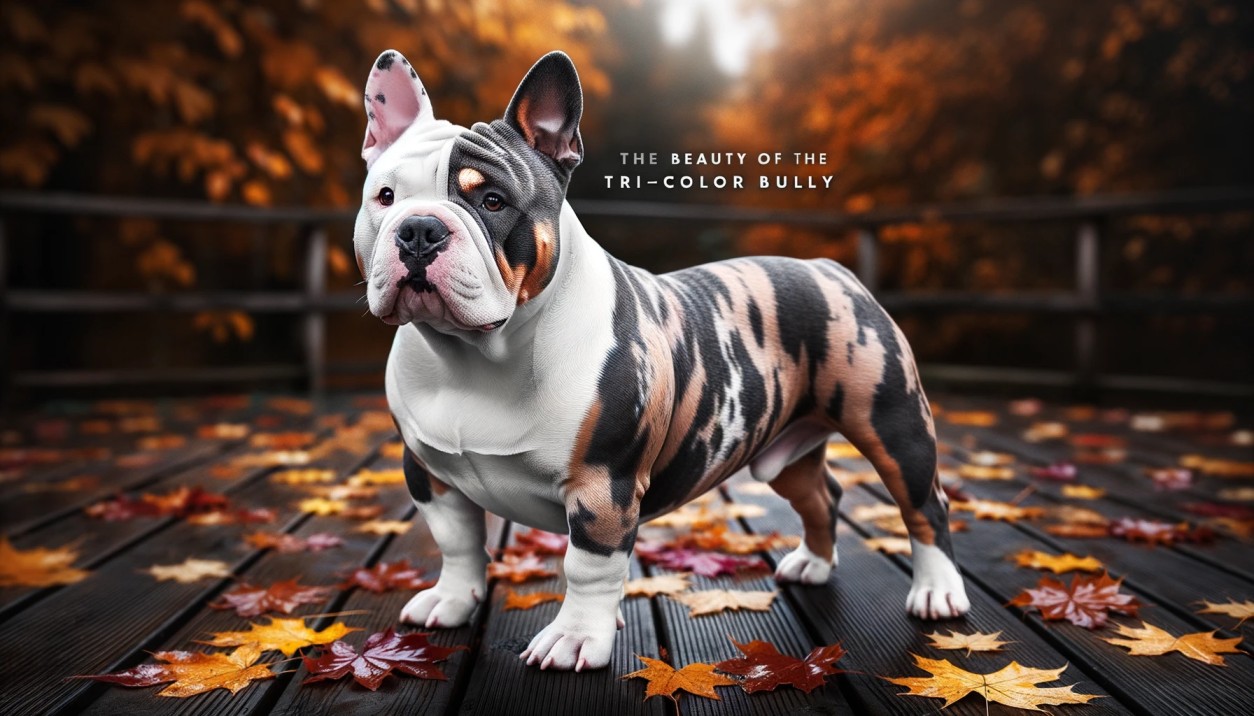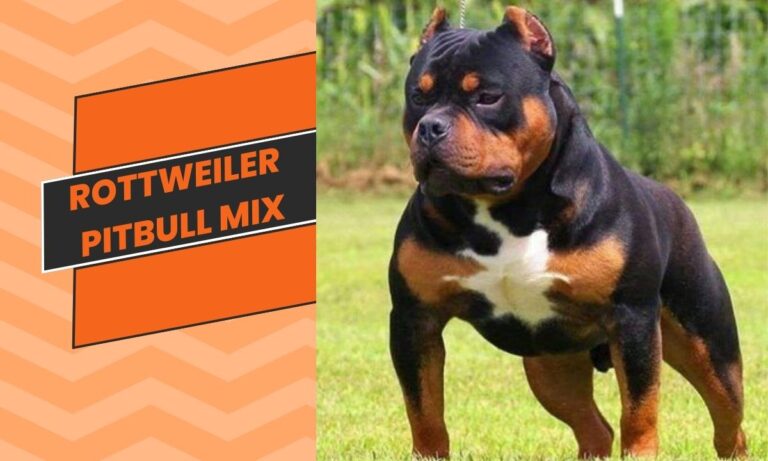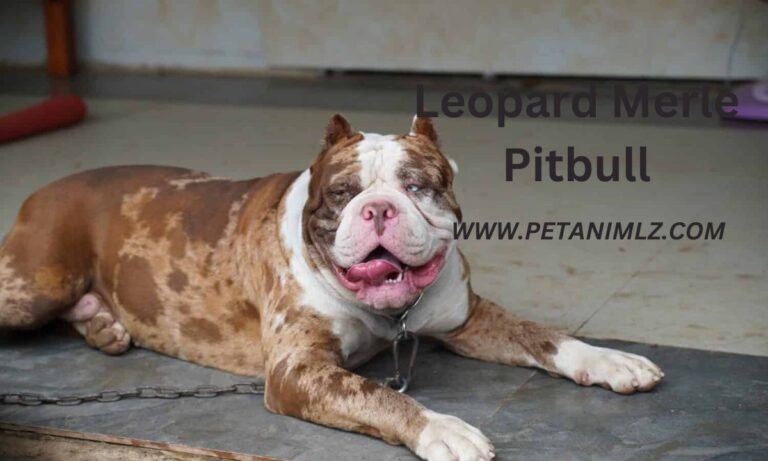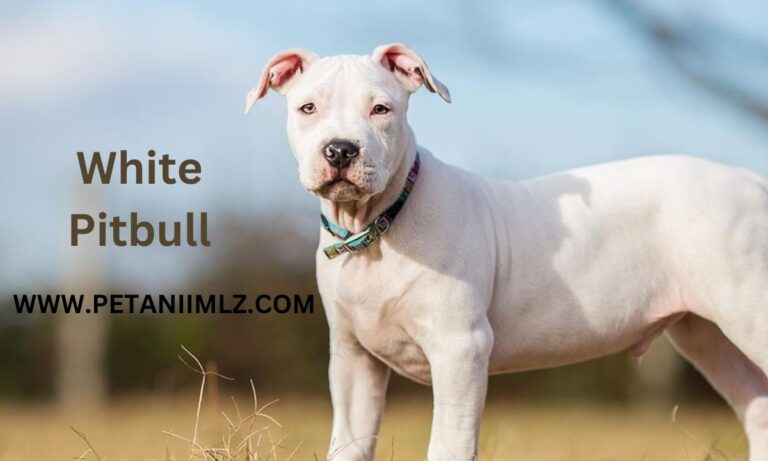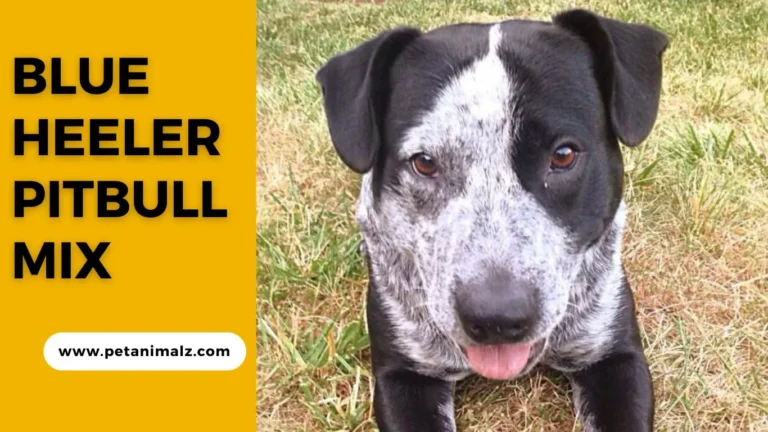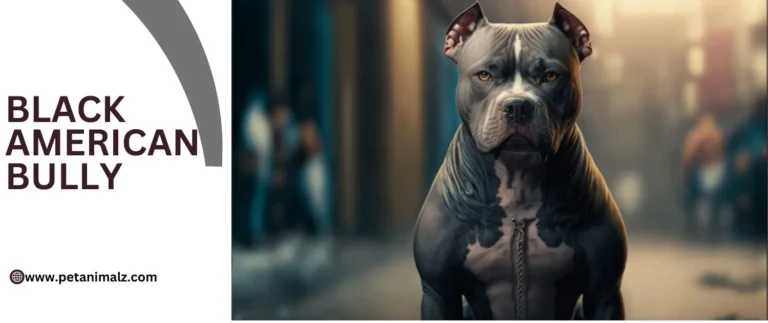The Fascinating World of Tri-Color Bully: Lilac, Ghost, Blue, Chocolate, and Puppies
Introduction
Tri-Color Bullies are a fascinating mutation of the American Bully breed possessing an eye-catching coat pattern of three different colors. The biotechnology behind this specific look is complicated by the genetics determining how pigments are distributed in other parts of the fur. Thus, there will be a primary color like black, blue chocolate, or even lilac studded with tans and whites within its fringes.
The appearance of tan points mainly appears on eyebrows, cheeks, chest, and regions under the tail could be attributed to some gene that helps control the synthesis of red pigment while coloration with white is usually due to the absence of any form of coloration in them. As a result, they are rare because tri-color patterns have emerged from recessive genes which can only exist if both parents possess them.
In the past decade, they were often perceived as mixed breeds but their popularity has surged due to increasing appreciation by dog lovers for their uniqueness. Breeders need to understand complex gene patterns when dealing with these dogs focusing on health and temperaments instead of coloring out all other concerns. Consequently, they are regarded as valuable members of the American Bully community.
Understanding the Tri-Color Bully
A Tri-Color Bully is an American Bully that boasts three distinct colors on their coat. The tri-color pattern is a result of complex genetics that dictate the distribution and intensity of color pigments in the dog’s coat.
The base color, which can be Black, Lilac, Blue, or Chocolate, is complemented by tan points and white markings. The tan points, typically found on the dog’s eyebrows, cheeks, chest, and beneath the tail, are a result of specific genes that control the distribution of red pigment in the coat. The white color, on the other hand, is due to the absence of pigment and can appear on any part of the body.
THE RARITY AND APPEAL OF TRI-COLOR BULLY:
A tri-color bully is a unique coat pattern in the American Bully breed that has three different colors. For this reason, tri-color patterns are rare as they involve complex genetics that require both parents to have some specific recessive genes. Therefore, for many years, these dogs were not commonly bred and some breeders avoided them at all. This is because most of them could not tell the difference between mixed-breed American Bullies with their purebreds.
However, there has been an awakening in recent years. The tri-color pattern which consists of a rich base color along with tan points and white markings is captivating and mesmerizing for dog lovers including breeders and lovers alike. It is no wonder that Tri-Color Bullies are becoming more popular now. They have become so much sought after by people looking for unique companions because, despite their rarity, their appearance is distinctive but their temperaments remain the same as gentle and loyal dogs which usually characterize the breed itself. The demand for these dogs keeps increasing as more people learn about them.
What Causes the Tricolor Coat Pattern?
The tricolor coat pattern in bullies and other dog breeds is caused by specific genetic factors. Essentially, it’s all about the distribution and interaction of two pigments in the dog’s coat – black and red, which are forms of melanin.
The base color of the coat can be any of the range of American Bully coat colors including black, lilac, blue, and chocolate. This base color may be affected by intensity or dilution genes, or other patterns such as piebald or merle.
The tan points, which are typically found on the dog’s eyebrows, cheeks, chest, and beneath the tail, are a result of specific genes that control the distribution of red pigment in the coat. The intensity gene determines the amount of red pigment production, which is why tan points are redder on some American bullies than others. The dilute gene can cause the tan point to fade.
The white color, on the other hand, is due to the absence of pigment and can appear on any part of the body.
The tricolor coat pattern is a result of the interaction of these pigments and the influence of various genes. It’s important to note that the tricolor pattern is a result of recessive genes, meaning both parents must carry the gene for a chance of producing tricolor puppies.

Tri-Color American Bully Temperament
The temperament of a Tri-Color American Bully is generally the same as any other American Bully, regardless of their coat color. They are known for their friendly, gentle, and peaceful nature.
American Bullies are often described as having a “big heart”. They are extremely loyal to their families and are great with children, making them excellent family pets. Despite their muscular and intimidating appearance, they are often quite affectionate and enjoy cuddling.
They are also known for their confidence and bravery. They are not typically aggressive, but they will stand their ground if they feel their family is threatened.
It’s important to note that while breed can give an indication of potential temperament traits, individual temperament can vary and is influenced by a variety of factors including socialization, training, and environment. Regular training and socialization from a young age can help ensure that an American Bully grows into a well-adjusted adult.
What Colors Can a Tri-Color Bully Have?
A Tri-Color Bully can have a variety of colors, but as the name suggests, they will always have three distinct colors on their coat. The three colors typically include a base color, tan points, and white markings.
The base color can be one of several options, including:
- Black: This is the most common base color for a tri-color Bully.
- Blue: This is a diluted black coat, giving the dog a grayish-blue appearance.
- Chocolate: This is a rich, deep brown color.
- Lilac: This is a diluted chocolate color, resulting in a light brown or purplish hue.
The tan points are typically a lighter color, ranging from cream to tan, and are found on specific areas of the dog’s body such as the eyebrows, cheeks, chest, and beneath the tail.
The white color is due to the absence of pigment and can appear on any part of the body, often on the chest, neck, and feet.
Different Variations of Tri-Color Bullies
The world of Tri-Color Bullies is filled with a myriad of variations. The base colors of Black, Blue, Chocolate, and Lilac can give rise to different tri-color variations such as Black Tri, Blue Tri, Chocolate Tri, and Lilac Tri.
Moreover, unique patterns can emerge based on the distribution and intensity of the tan points and white color. These include:
- Creeping Tan: The tan points extend beyond the usual areas.
- Ghost Tan: The tan points are faint or ghost-like.
- Trindle: Tan points are brindled.
- Tri Merle: A merle pattern is present in one of the three colors.
- Ticked Tri: Small, isolated areas of color appear on the white parts of the coat.
- Piebald Tri: Large patches of unpigmented hair (white color) and pigmented hair (base color and tan points) are present.
Each of these variations adds to the diversity and allure of the Tri-Color Bully breed, making them a truly fascinating subject for dog lovers and breeders alike.
Breeding Considerations for Tri-Color Bully
Breeding Tri-Color Bully is a task that requires a deep understanding of genetics. The tri-color pattern is a result of recessive genes, meaning both parents must carry the gene for a chance of producing tri-color puppies.
Breeding these dogs also comes with its own set of challenges. For instance, the misconception about tri-color Bullies being mixed breeds can make it harder to find interested buyers.
Moreover, ethical considerations are paramount in breeding. Breeders should prioritize health, temperament, and conformation over color and pattern.
Health and Temperament of Tri-Color Bully
When it comes to health, Tri-Color Bullies are generally as healthy as their single or bi-color counterparts. However, certain color patterns, like merle, can be associated with health issues, so it’s important to ensure ethical breeding practices.
In terms of temperament, Tri-Color Bullies are no different from other American Bullies. They are known for their friendly, gentle, and peaceful nature, making them great companions for families.
FAQs about Tri-Color Bully
1. Is tri-color bully rare?
Yes, tri-color bullies are considered rare. This is primarily due to the complex genetics involved in their breeding. The tri-color pattern is a result of recessive genes, meaning both parents must carry the gene for a chance of producing tri-color puppies.
2. What is the rarest bully color?
The rarest color for a bully is arguably the Merle color pattern. It’s a unique pattern that’s not typically seen in most bully breeds and is often associated with health issues.
3. What are the different colors of bully?
Bullies come in a variety of colors including Black, Blue, Chocolate, Lilac, Fawn, White, and Brindle. They can also have a tri-color pattern, which includes a base color, tan points, and white markings.
4. Can you breed a tri bully with a merle bully?
While it’s technically possible to breed a tri bully with a merle bully, it’s generally not recommended due to potential health issues associated with the merle pattern. Ethical breeders prioritize the health and well-being of the dogs over their color patterns.
5. Which bully dog is best?
The “best” bully dog depends on what you’re looking for in a pet. All bully breeds, including the American Bully, Staffordshire Bull Terrier, American Pit Bull Terrier, and Bulldog, have their own unique traits and characteristics. It’s important to choose a breed that fits well with your lifestyle and family.
Conclusion
As a result, the tri-color American Bully is a type of American Bully dog that has a colorful pattern with 3 different shades. The color of this breed is inspired by specific combinations of genes which tend to make them rare and expensive. Tri-color Bullies are gentle when compared to other bullies being affectionate and very loyal thus making them wonderful family dogs despite their muscular appearance.
As in the case of other American Bullies, they also require proper training, socialization, and exercise for healthy development. Their unique look as well as loving nature make them increasingly popular but potential owners must carefully select a reputable breeder so as to avoid unethical practices. In summary, the tri-color Bully is beauty combined with strength and pronounced amicability representing the best features characteristic of all American Bullies.
